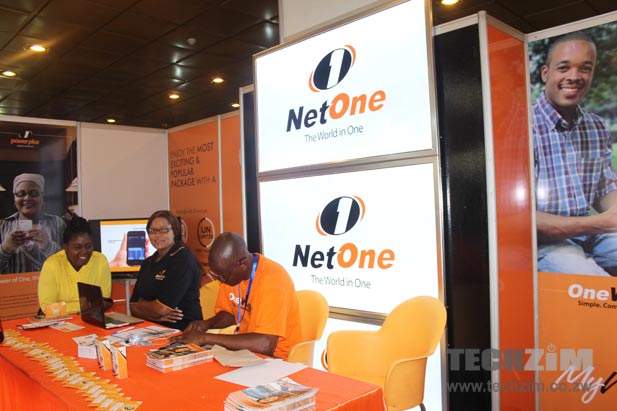We’ve already established that LTE isn’t yet that much of a reality in Zimbabwe. We only have a smidgen of the service thanks to Econet’s efforts and when you do get to the areas that have LTE you need to use a modem for a laptop/PC based connection.
All that is supposed to change courtesy of the $200 million investment NetOne has made towards a network upgrade. The good news is that this network expansion project which is being implemented by Huawei is on track.
According to an article in the Herald, at the recent Innovation Africa Digital Summit Huawei confirmed that the first phase of the 3-year project was complete, something that suggests that project’s 2016 deadline will be met.
This is great news. LTE will mean faster mobile broadband and it is a sure forerunner to future tech like 5G set to be used in other advanced markets. It will help put NetOne in a good position as a provider of services in line with the Internet of Things(IoT), the one facet of IT that the Ministry of ICT has been largely interested in.
All things having been considered, it’s easy to see how the dream was easily sold to NetOne. What is not clear, however, is the tact used in making LTE the main broadband focus for a local mobile network operator.
The latest report from the industry regulator, POTRAZ, displays a poor reception for LTE technology. In fact, in the past year, it has taken on an insignificant role in the development of mobile broadband service.
At the end of 2014, Zimbabwe had 20 LTE base stations, all belonging to Econet. These include the one LTE base station Econet bought in the fourth quarter of the year. 2G base stations, whose tech isn’t going to be relevant at some point in the medium to long term, total 3,402 and are the majority of base stations available locally. 118 of these 2G base stations were invested in for the last quarter of the year. More investment was put into 3G for the same period with 164 new 3G base stations registered.
The reason for this is simple. Investment in 4G/LTE, though forward thinking and a definite reach for the future, isn’t entirely relevant right now for the Zimbabwean market. We have an impressive mobile penetration that, unfortunately, doesn’t translate to a high smartphone penetration rate.
For LTE to mean anything in terms of the huge numbers telecoms works with, there has to be huge smartphone penetration rate. Even when that has been achieved, it acts as precursor to eventual LTE uptake which is specific to certain later model devices. These devices tend to be a bit pricey, something that local market dynamics won’t digest easily anytime soon.
It’s this logic, added to the high costs involved with LTE infrastructure rollout, that has seen Econet, the most aggressive investor in telecoms infrastructure paying less attention to LTE.
A look at LTE-based internet connections for the third and fourth quarter of 2014 also show a 47.6% decline from 601 such connections in Q3 to 315 connections in Q4. Even the ancient dial-up technology lost way fewer connections than that with a 0.1% decline.
I am excited that LTE is closer to becoming a widespread reality in Zimbabwe. The fact that NetOne has jumped into this investment will have a positive sway on the rest of the market. There are so many downstream opportunities created by LTE technology.
What I’m still not convinced about is the timing of this investment, especially when telecoms operators, NetOne included, are trying to figure out product fit in a constrained economy. We wouldn’t want Huawei and the Chinese to be the only beneficiaries in all this. I sincerely hope, for the $200 million’s sake, this doesn’t turn out to be a boondoggle.

3 comments
Having the infrastructure ready and actually running are two totally different things. I have installed 40gig fibre network to play with, bt all the workstations l have there are running 10gigs fibre, which is not really 10gig bt 4gigs because of sata interface limitations.
What lm saying here is that there in no evidence that Econet is running LTE network. Having hardware in place does not mean you are doing what you say you are doing on paper. I always dazzle potential clients by telling them that our network is 40gigs to the PC, bt is it really?
It is such misinformation which have made every Zimbo into smoke and mirrors situation. We should not take any claim as actual fact.
I think this service will surely get them more customers. We wait to see if it will be reliable. It we will years though before they can recoup their $200 mil investment
World-wide LTE is slowly gaining prominence and relevance mainly because of the continued traffic growth. NetOne is on the right path as I can imagine their air interface is hardly coping right now with their growing subscriber base with a high appetite for data. LTE has the right lure for operators because the sub 800Mhz frequencies can deliver much higher data throughputs over long distances and defeating most signal barriers. However this phenomenal traffic growth will not be addressed by LTE only but a combination of LTE+WiFi Offload.
NetOne must however avoid charging a premium for those who decide to use their LTE like what Econet is doing.